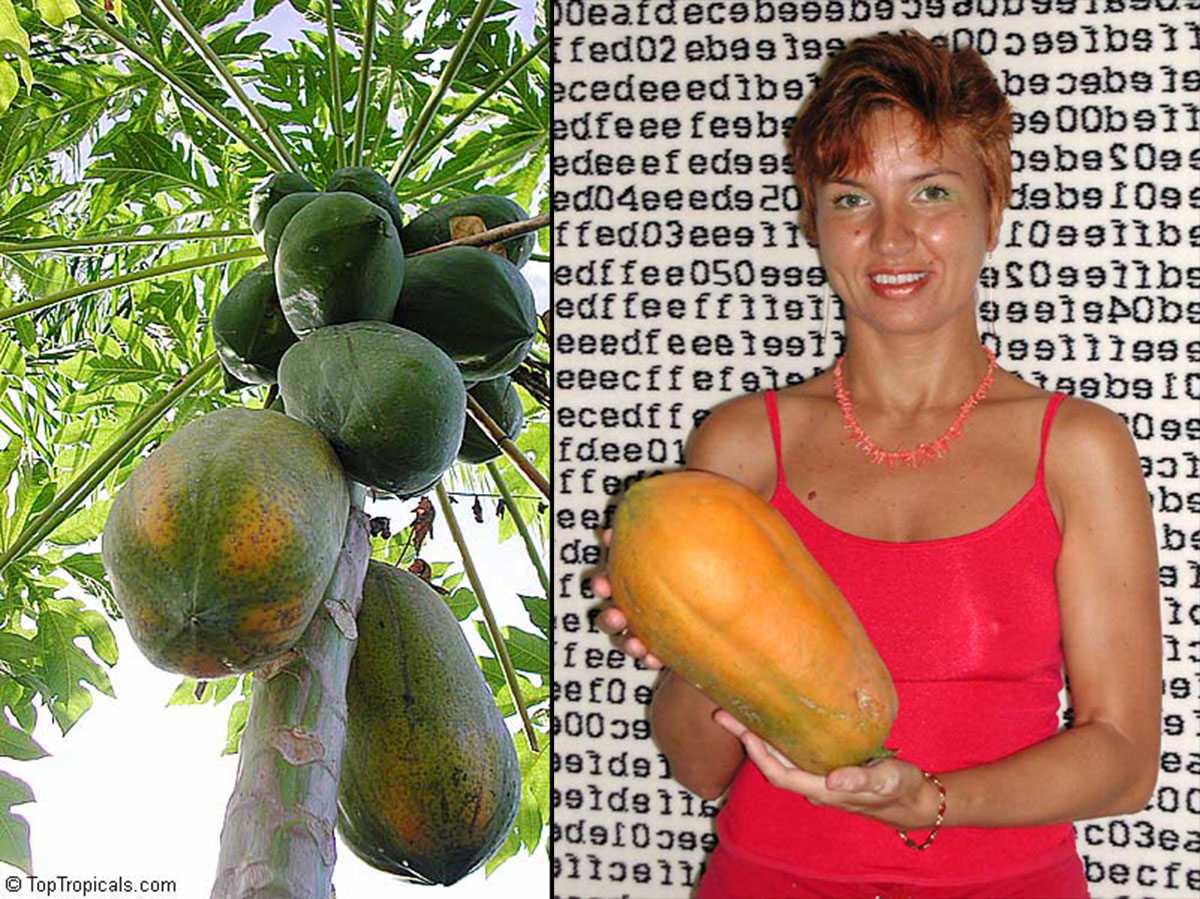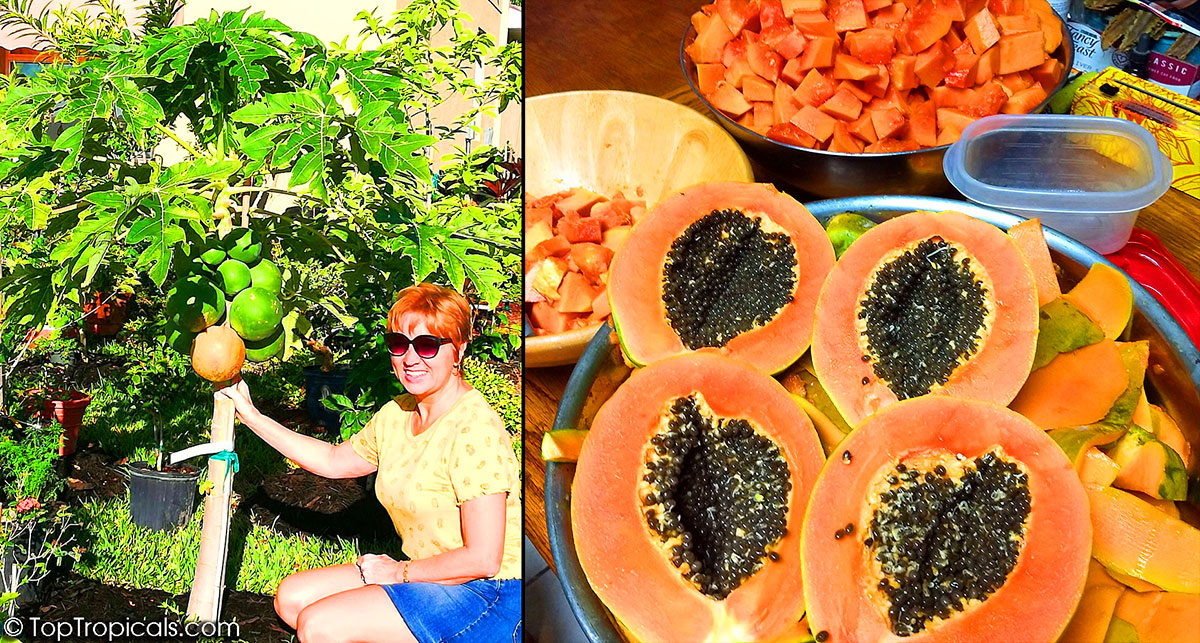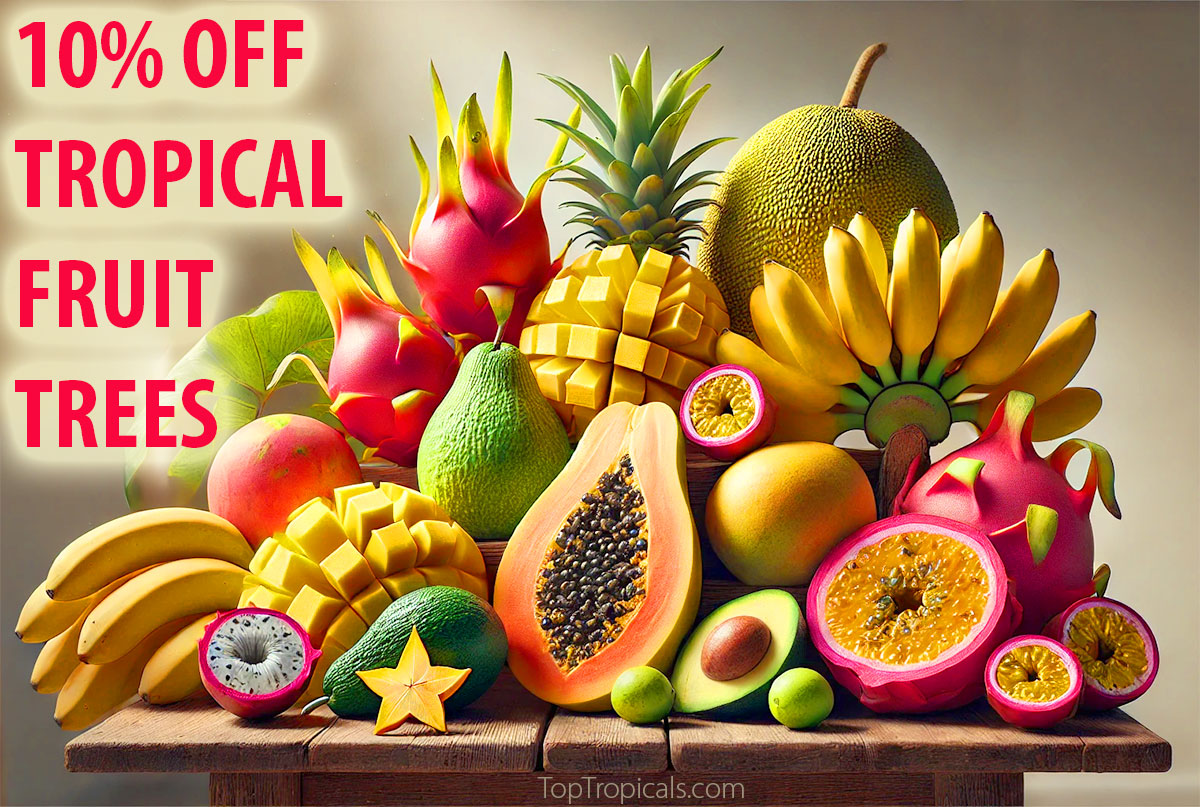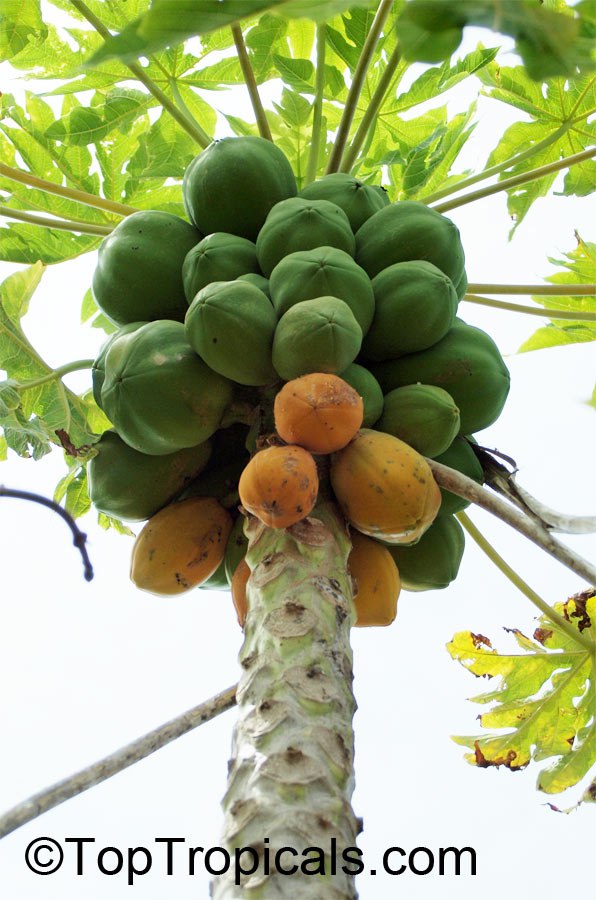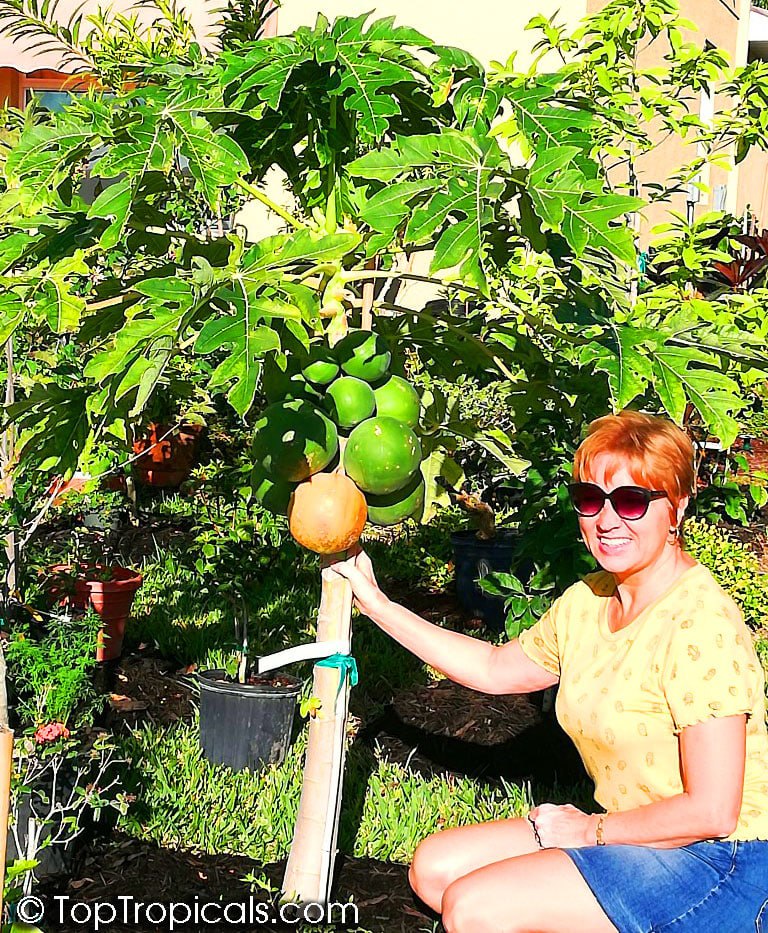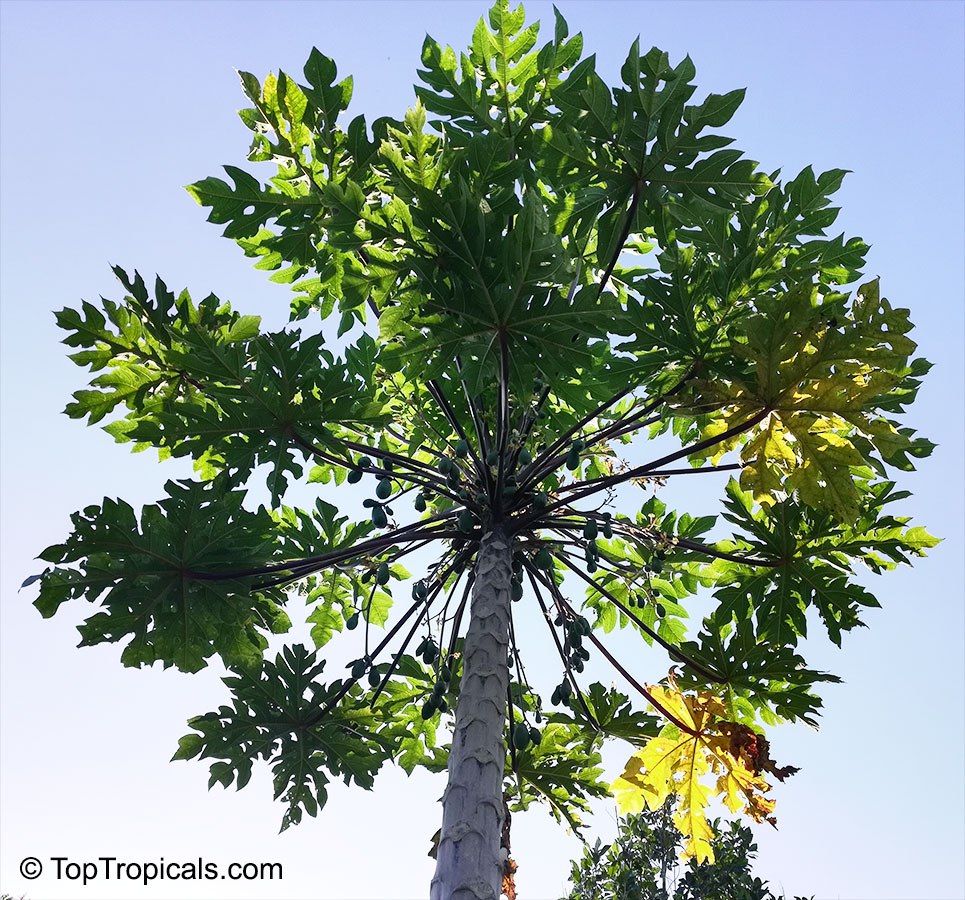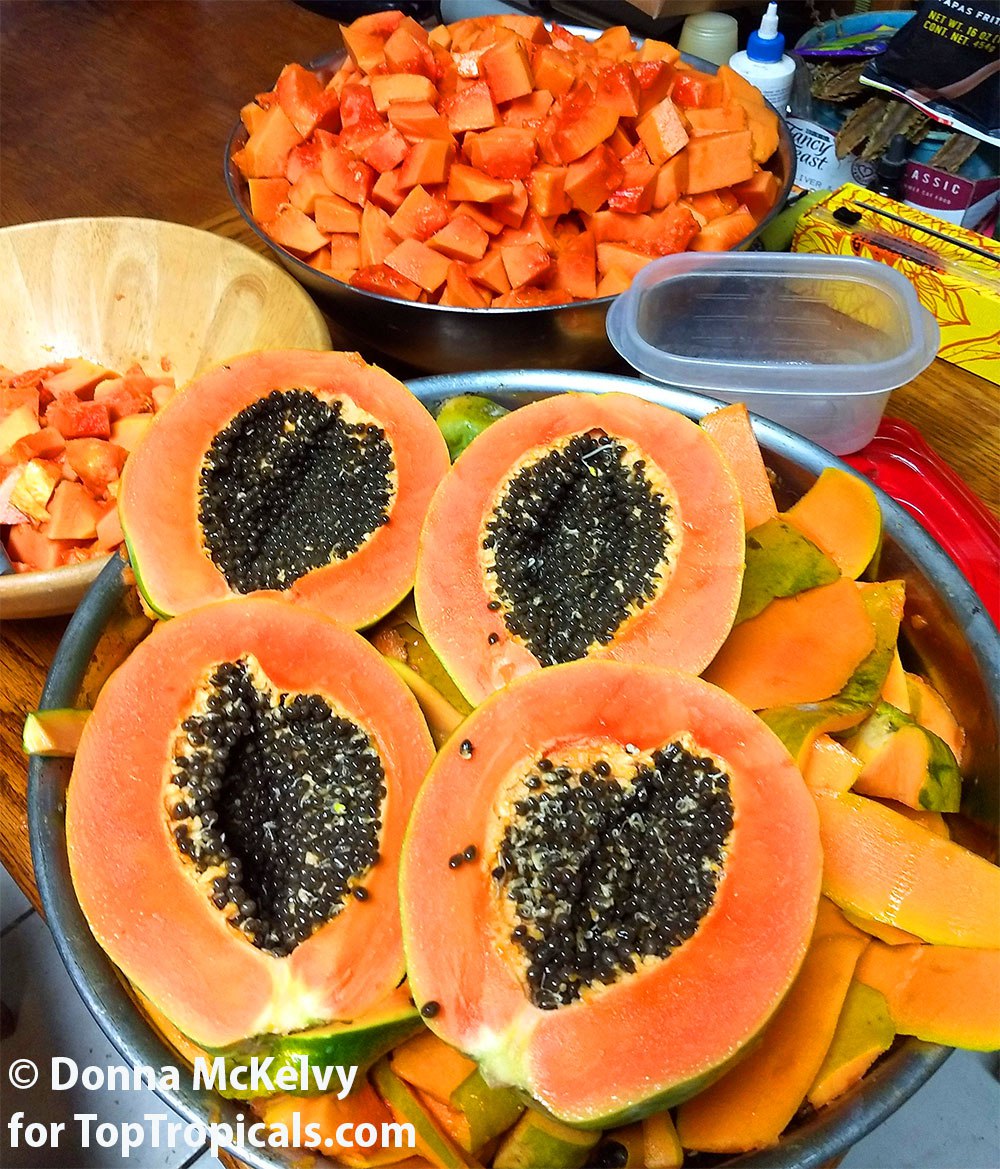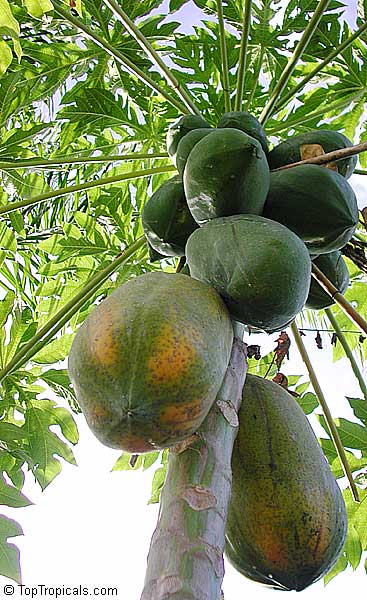What is the best fruit for summer drinks and wine?
Costa Rican Guava, or Cas Guava (Psidium friedrichsthalianum)
- 🍋 Hands, down, Costa Rican Guava, or Cas Guava (Psidium friedrichsthalianum) takes the crown! This tropical gem from Central America is known for its intense flavor, making it perfect for refreshing beverages and creative drinks. The tree is incredibly productive - even young ones yield abundant fruit!
- 🍋 We discovered this fruit last Summer. The tree was so productive (on the second year!), we didn't know what to do with so much fruit! So we made a concentrated drink and have been drinking it since then. It looks like the juice has antibacterial properties so it doesn't need to be canned, it stores for months in refrigerator.
- 🍋 Plans for 2025 season crop: Homemade Cas Guava wine!
Next summer, we are going to try making wine with Cas Guava. Its bold, tangy flavor is sure to produce a delicious, unique brew!
💯 Why choose Cas Guava?
- • Packed with vitamin C - four times more than lemons - for a powerful immune boost.
- • Rich in antioxidants to combat stress and inflammation.
- • Hardy and low-maintenance, thriving in poor soils and resisting pests.
- 🍸 Recipe: Cas Guava Juice Concentrate
Ingredients:
• Fresh Cas Guavas
- • Sugar (to taste)
- • Wash the guavas, cut in half and place them in a large pot with enough water to cover.
- • Add sugar to taste and bring to a boil. Simmer for 5-10 min until the fruit softens.
- • Let sit for a few hours so the fruit softens more.
- • Strain the liquid through a colander to remove the pulp.
- • Bottle the concentrate and refrigerate.
- • To serve, dilute with water to your liking for a flavorful, tangy drink!
Instructions:
This concentrate doesn’t need sterilizing/canning and stays fresh for months, thanks to Cas Guava’s natural antibacterial properties.
🍸 Traditional Favorite: Agua de Cas
Cas Guava is the key ingredient in Costa Rica's famous Agua de Cas, a blend of cas juice, water, and sugar. It's a refreshing, slightly acidic drink that's perfect for hot days.
With its vibrant taste, rich nutrients, and endless possibilities, Cas Guava is a must-have for gardeners and culinary adventurers alike!
📚 Learn more:
- • What fruit is more sour and has more vitamin C than a lemon
- • What fruit can you drink? Costa Rican Cas is the Guava for Drinking
- • Costa Rican Guava
🛒 Order Cas Guava
#Food_Forest #Recipes
🔴 Join 👉 TopTropicals


